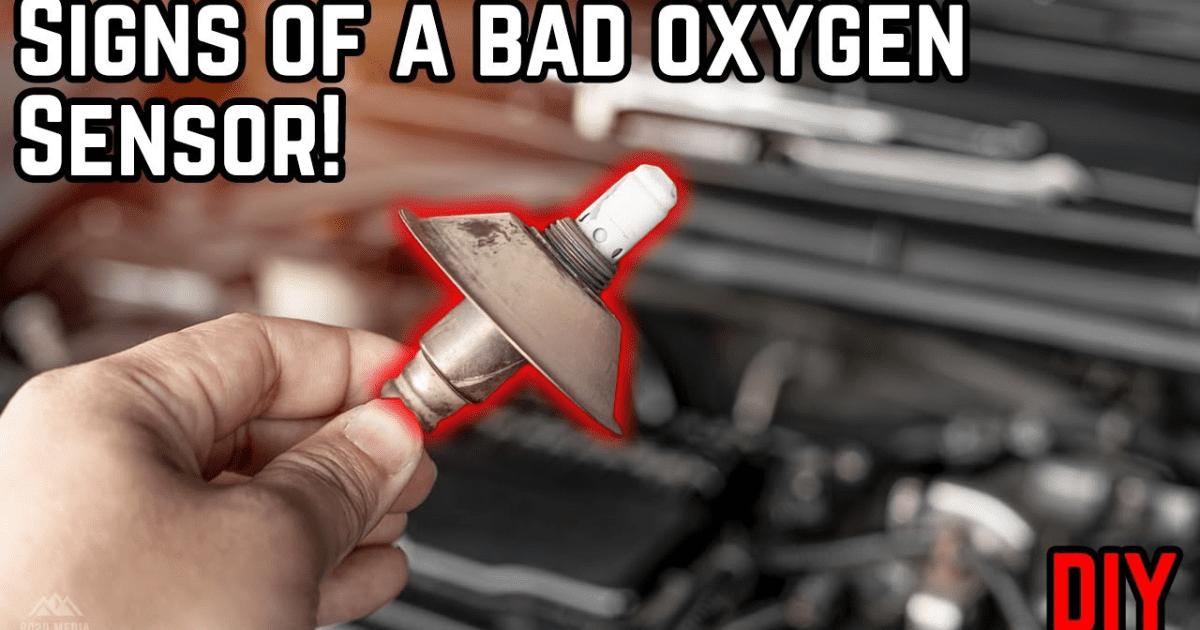Oxygen sensors are an essential component of a car’s emissions control system. They help ensure that the engine burns fuel efficiently and reduces harmful emissions. However, oxygen sensors can fail over time, leading to various problems. Here are five things you need to know about faulty oxygen sensors in cars:
- Symptoms of a Bad Oxygen Sensor
The symptoms of a bad oxygen sensor can vary depending on the severity of the problem. Some common symptoms include:
- Reduced fuel economy
- Engine misfires
- Rough idling
- Increased emissions
- Hesitation or stalling
- Check Engine Light illuminated
- Causes of Oxygen Sensor Failure
Oxygen sensors can fail due to various reasons, including:
- Contamination from oil, coolant, or fuel
- Wear and tear from age or high mileage
- Damage from road debris
- How to Test an Oxygen Sensor
There are a few ways to test an oxygen sensor. One way is to use a diagnostic scan tool. A scan tool can read the oxygen sensor’s voltage output and determine if it is within the normal range. Another way to test an oxygen sensor is to use a multimeter. A multimeter can measure the oxygen sensor’s resistance and determine if it is within the normal range.
4. Cost of Replacing an Oxygen Sensor
The cost of replacing an oxygen sensor can vary depending on the make and model of your car, as well as the type of sensor that needs to be replaced. In general, you can expect to pay anywhere from $100 to $300 for a new oxygen sensor.
5. Consequences of Driving with a Faulty Oxygen Sensor
It is not recommended to drive with a faulty oxygen sensor, as it can cause various problems, including:
- Reduced fuel economy
- Engine misfires
- Rough idling
- Increased emissions
- Check Engine Light illuminated
- Catalytic converter damage
If you notice any of these symptoms, it is essential to have your oxygen sensor checked by a qualified mechanic as soon as possible.
Conclusion
In conclusion, oxygen sensors play a crucial role in a car’s emissions control system. They help ensure that the engine burns fuel efficiently and reduces harmful emissions. If you suspect that your oxygen sensor is faulty, it is essential to have it checked by a qualified mechanic as soon as possible. By doing so, you can avoid costly repairs and keep your car running smoothly and efficiently.




